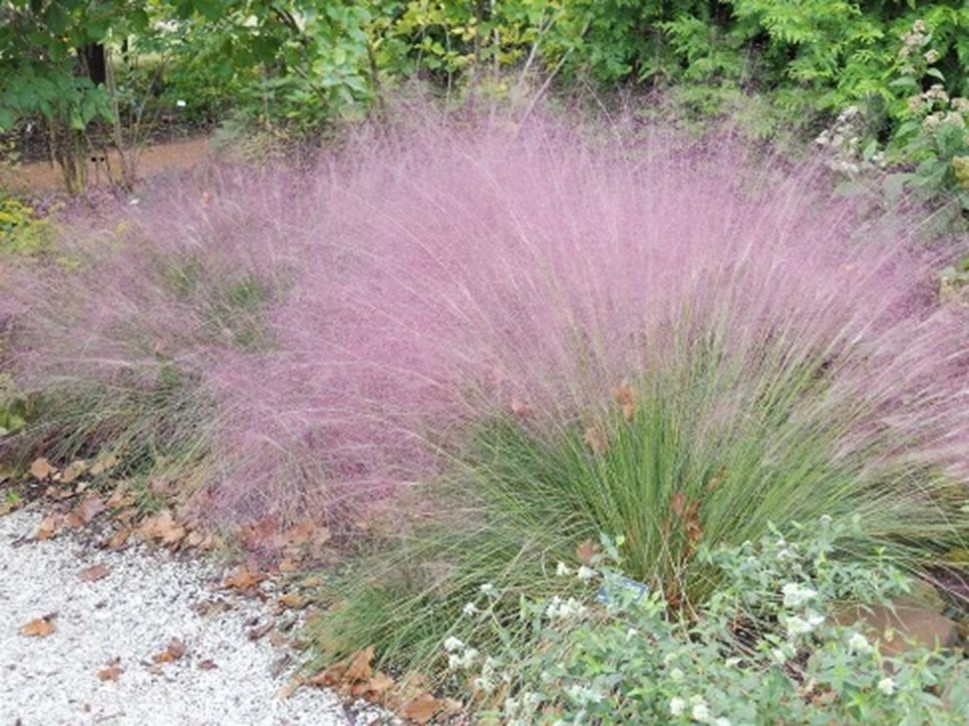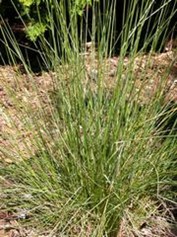Muhly Grass Pink
Muhlenbergia capillaris



Characteristics
- Type: Ornamental grass
- Zone: 5 to 9
- Height: 2 – 3 Feet
- Spread: 2 – 3 Feet
- Bloom Time: September to November
- Bloom Description: Pink to Pinkish-Red
- Sun: Full Sun to Part Shade
- Water: Dry to Medium
- Maintenance: Low
- Suggested Use: Naturalize
- Flower: Showy
- Other: Winter Interest
- Tolerate: Drought, Black Walnut, Air Pollution
- Texas Native
Culture
Grow Pink Muhly Grass in sandy or rocky, dry to medium moisture, well-drained soils in full sun to light shade; but it performs best in full sun. Tolerant of heat, humidity and drought, but generally grows taller with consistent moisture. Tolerates poor soils. Does not spread by rhizomes. May be grown from seed. Propagate by seed or division in spring.
Noteworthy Characteristics
Muhlenbergia capillaris, commonly called Pink Muhly Grass or pink hair grass, is a clump-forming, warm season, perennial grass that is noted for its attractive summer foliage and spectacular clouds of fall flowers. It is native to prairies, pine barrens, and open woodlands from Massachusetts to Kansas south to Florida and Texas. Glossy, wiry, thread-like, dark green leaves and stems form an attractive basal clump to 2’ tall. It is the fall flowering, however, that most distinguishes this grass. Masses of airy, open, loosely branched inflorescences (each to 12” long) in pink to pinkish-red float above the foliage in a lengthy fall bloom. Tan seed plumes remain attractive in winter. Plants typically grow to 3’ tall x 3’ wide when in flower.
Genus name honors Gotthilf Henry Ernest Muhlenberg (1753-1815), Lutheran pastor in Pennsylvania, U.S.A., distinguished amateur botanist.
Problems
No serious insect or disease problems.
Garden Uses
Best grouped or massed for late season color. Borders, cottage gardens or native plant areas. Mass for cover of areas with poor soils.
Courtesy of Missouri Botanical Garden Plant Finder